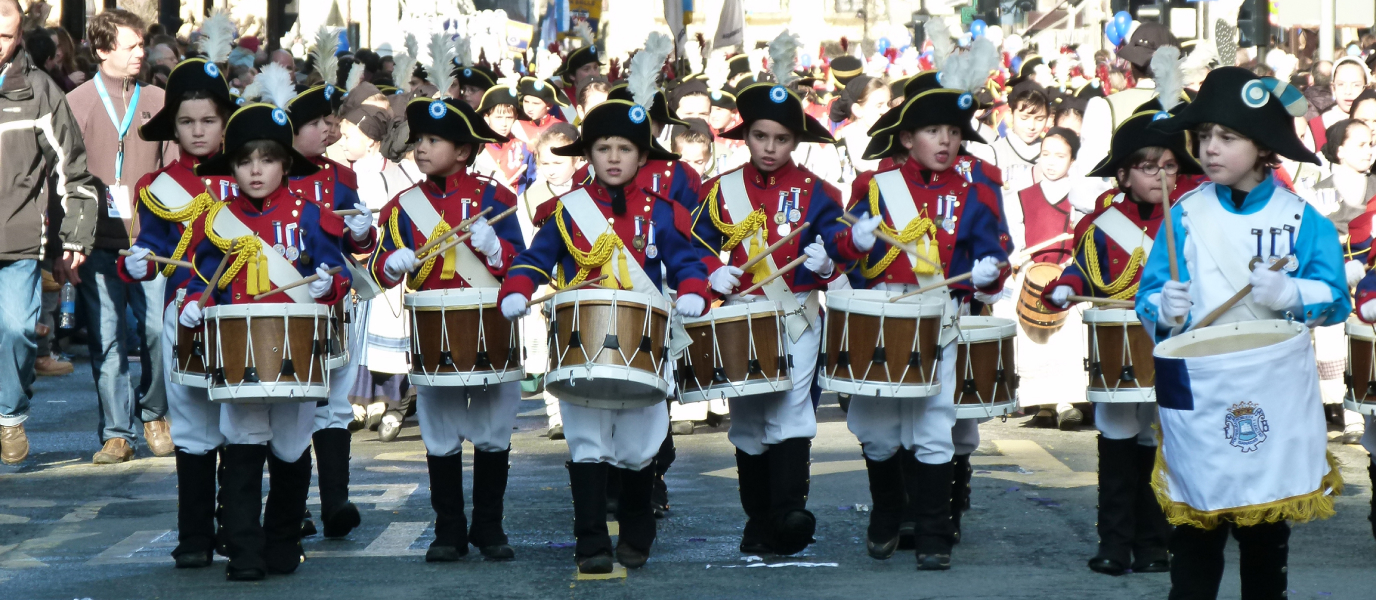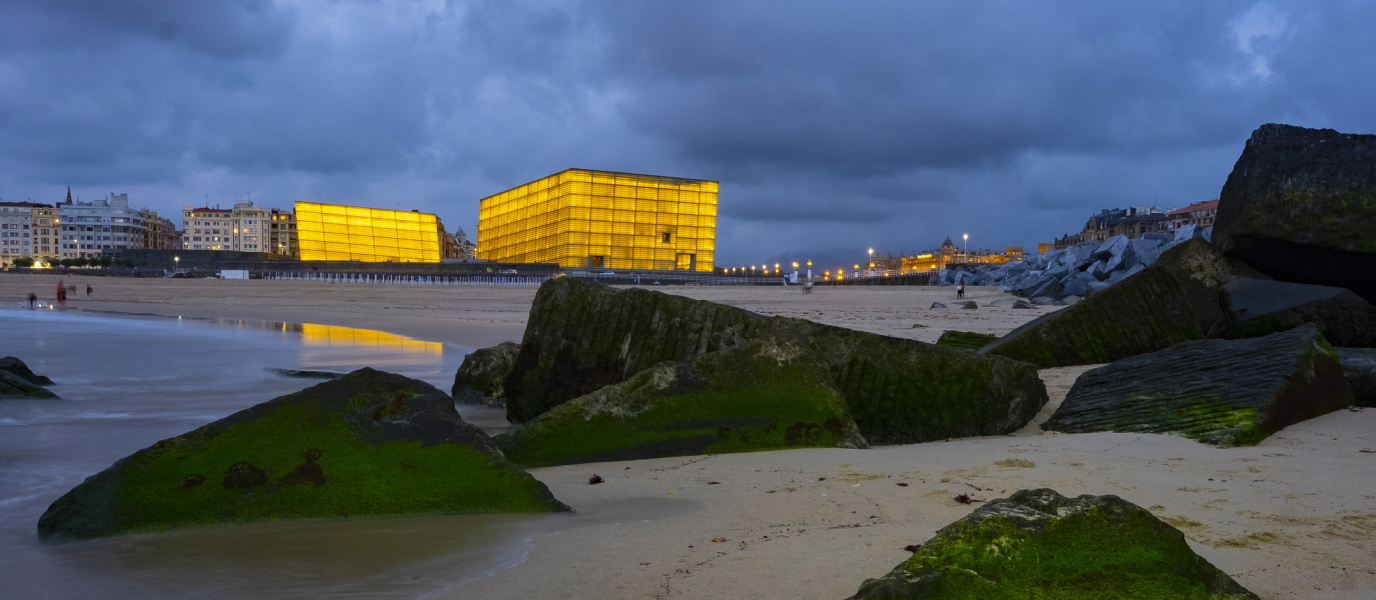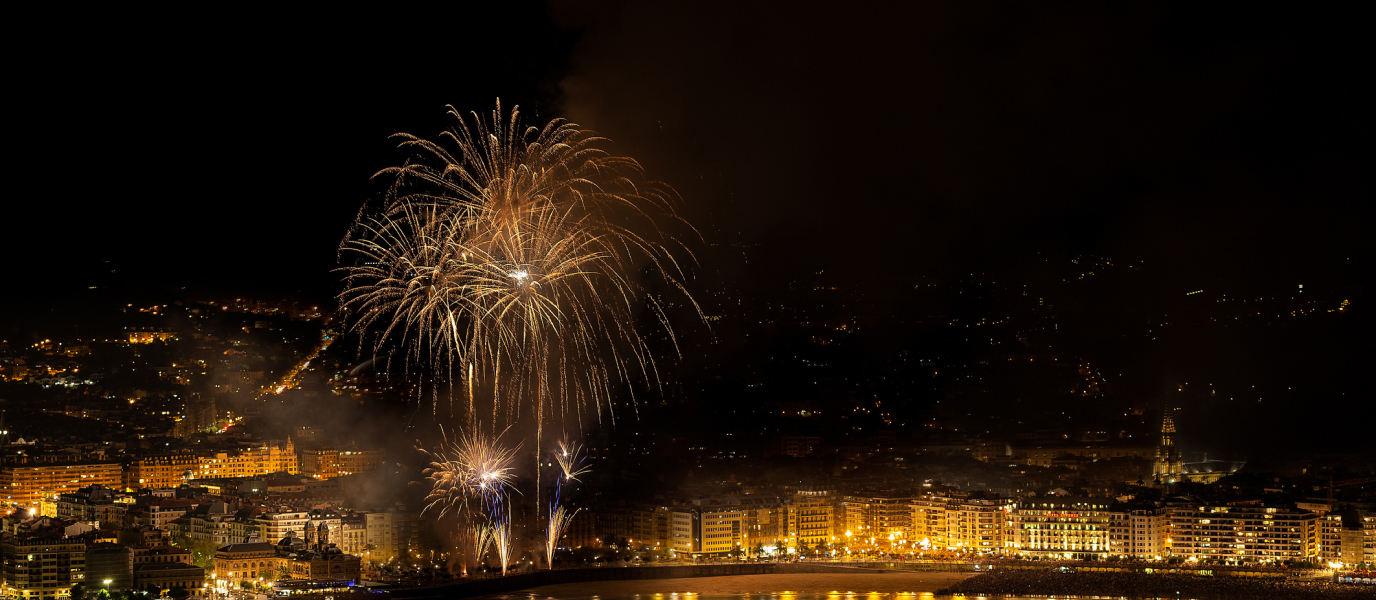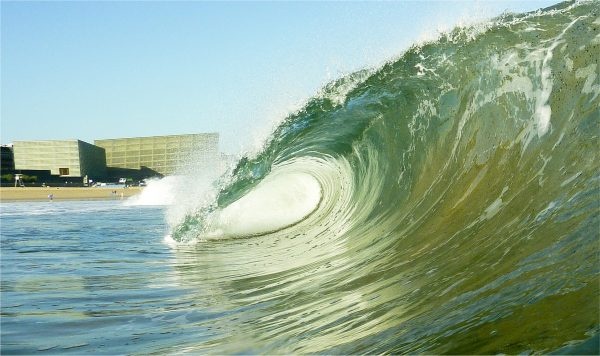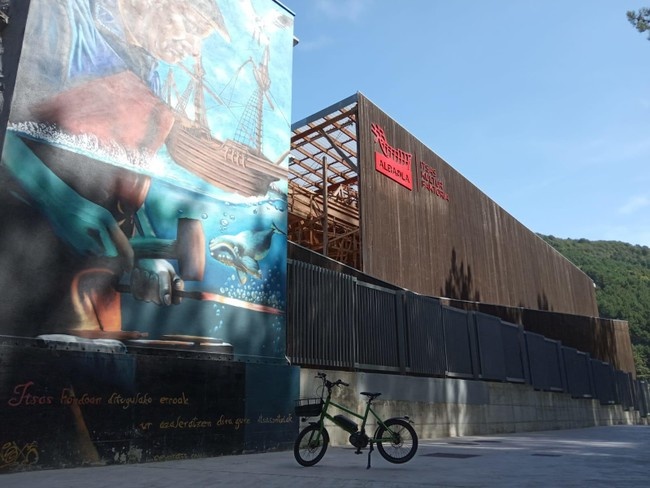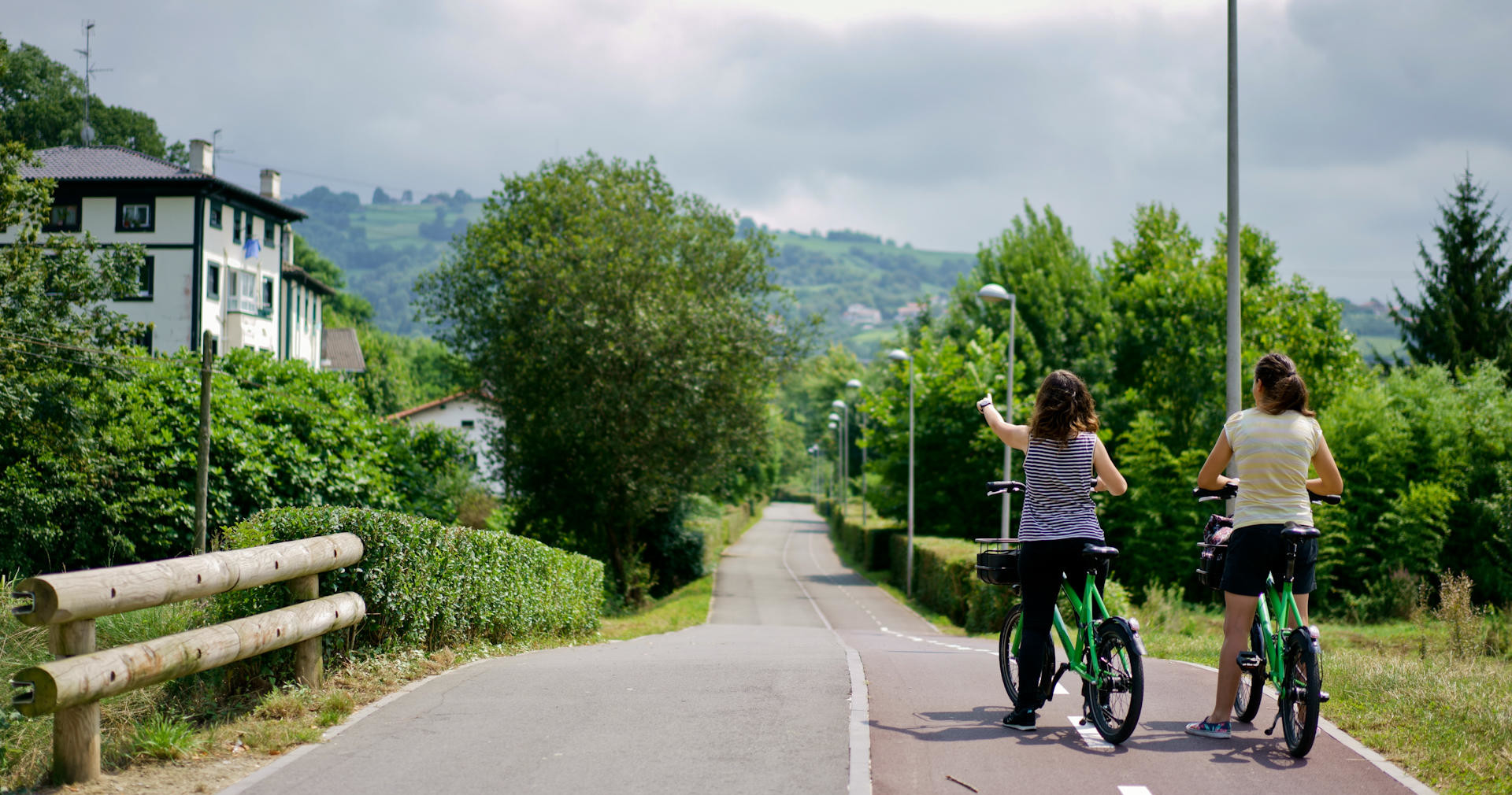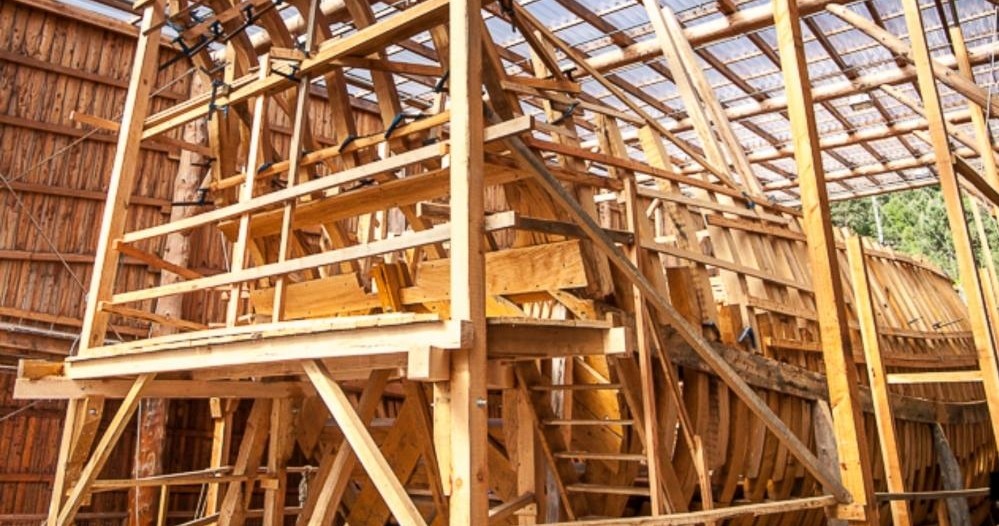San Sebastián does know how to throw a party with pizzazz and it does just that with the Tamborrada, in honour of its patron saint, St Sebastian, on 20 January. It is one of most iconic celebrations of city, alongside the festivities of Semana Grande on 15 August; and the Traineras Regattas, which coincides with the celebration of the city’s other patron, Santa Maria del Coro, on 8 September.
The Tamborrada is probably the most moving of the three celebrations for locals, especially when they hear the March of San Sebastián being played by the marching bands. Be ready to live an event like no other.
The eve of St Sebastian’s Day
On 19 January, the eve of St Sebastian’s Day, members of the Sociedad Gaztelubide and other txokos (typical closed Basque gastronomical societies) dress up in Napoleonic military uniforms and cook’s outfits and march to the historic Plaza de la Constitución, where thousands of people gather to watch with pride the city mayor raise the flag of San Sebastián at the stroke of midnight. And, so begin the 24-hour festivities…to the solemn drumroll of the bands who play the ‘March of San Sebastián’, while proud locals sing the hymn together. This is just the first of many pieces that will be played – you’ll hear (and maybe even sing) ‘Iriyarena’, ‘Tatiago’, ‘La Diana’ and other polkas and songs the 147 marching bands will play to the beat of their drums
The March of San Sebastián
The iconic ‘March of San Sebastián’ was composed by the local musician Raimundo Sarriegui, while the traditional Basque lyrics were composed by local writer Serafín Baroja. It was first played on 20 January 1861 and it became the hymn of the festival. Here are the lyrics:
Bagera!
gu (e)re bai
gu beti pozez, beti alai!
Sebastian bat bada zeruan
Donosti(a) bat bakarra munduan
hura da santua ta hau da herria
horra zer den gure Donostia!
Irutxuloko, Gaztelupeko
Joxemaritar zahar eta gazte
Joxemaritar zahar eta gazte
kalerik kale danborra joaz
umore ona zabaltzen hor dihoaz
Joxemari!
Gaurtandik gerora penak zokora
Festara! Dantzara!
Donostiarrei oihu egitera gatoz
pozaldiz!
Inauteriak datoz!
Bagera!
gu (e)re bai
gu beti pozez, beti alai!
Formation of the contingents
There are more than 17,000 people who form the 147 contingents during the Tamborrada. Each contingent is sponsored by one of the city-backed cultural, benefit, sport or gastronomical societies.
Each of the impressive formations is composed of 20 to 50 drummers, dressed in 19th-century military dress, and 50 to 100 individuals dressed as cooks and who play the drum barrels. The formations also include flag bearers, attendants, water carriers and a marching band.
The flag bearers clear the way for the contingent, while bearing the mandatory city flag, their society flag and the optional Basque Country flag. They are followed by the period-clad attendants who accompanied the troops and took care of supplies, and then the drummers dressed in Napoleonic military dress.
The marching band is right behind the drummers and is composed of at least 14 professional musicians hired for the occasion. The most entertaining, interesting and largest part of the contingent is up next – the 100+ individuals dressed as cooks and playing the drum barrels. They may be accompanied by water carriers dressed in traditional Basque costumes and drumming buckets.
The Children’s Tamborrada: 5,000 children rolling their drums
The Children’s Tamborrada is the largest of all. More than 5,000 children form the 52 contingents from schools across San Sebastián and march across the city. It is under the command of a ‘General’ and led by the Bella Easo, the equivalent of a carnival princess.
The first children’s Tamborrada took place in 1927 and was founded by the recreational society Sociedad Euskal Billera. The initiative was such a success it earned society members the privilege to play at the mass honouring St Sebastian and lead the children’s Tamborrada.
The birth of a tradition
The origins of the Tamborrada are not very clear but there is a general consensus that it has to do with the happy-go-lucky attitude and good humour locals are known to have.
The most widely accepted version places the origin of the festival on 20 January 1836 when a group of flour mill and bakery workers from the Old Part of San Sebastián were gathered at the San Vicente and Kañoyetan water pump with their barrels to collect water, when they decided to imitate the soldiers daily procession during the guard shift turnover.
All good things come to an end
As with the flag raising, the flag lowering ceremony is a spectacular, if solemn, event. After 24 hours of buzzing entertainment and jubilation throughout the city streets, the festivities are brought to a close by lowering the city’s flag.
It takes place at midnight sharp on 21 January and the contingent of Unión Artesana is responsible for livening up the event with their music. It is just a temporary good bye because as the lyrics of the ‘March of San Sebastián’ chimes, ‘carnival is upon us’!





























































